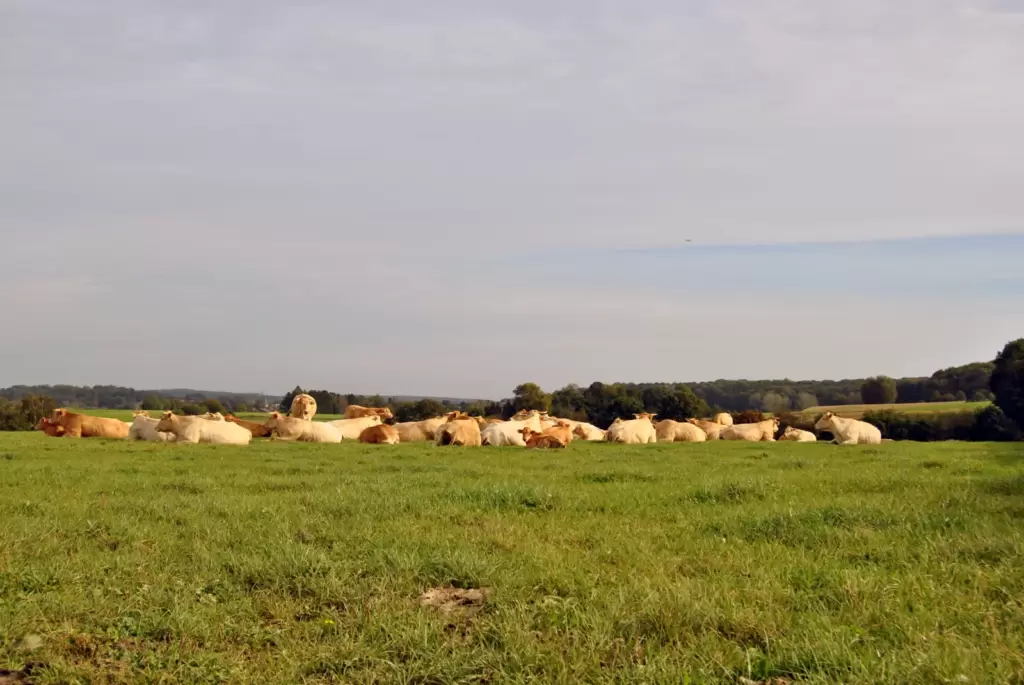Both Flanders and the Netherlands have a nitrogen problem. This is because the region is one of the world’s most densely populated livestock areas, which means that tackling the problem is anything but easy. Livestock sustainability could be a potential part of the solution, but it seems challenging.
There are few places on Earth where the number of animals relative to the total land area is higher than in the Netherlands and Flanders. The Netherlands has around 100 million chickens, 12 million pigs, and 4 million cows. Similarly, the Flemish livestock count is substantial, with 45.5 million chickens, 5.39 million pigs, and 1.25 million cows.
These millions of animals produce significant amounts of ammonia, a compound of nitrogen and hydrogen released through manure and urine, negatively impacting the environment.
Nature-friendly agriculture
The Dutch livestock industry has so severely affected nature that about two-thirds of reptiles, butterflies, mayflies and mushrooms have landed on the Red List of the International Union for the Conservation of Nature, a global inventory of the conservation status of species. In Flanders, agriculture, industrialisation and urbanisation have contributed to the decline of nature.
In the coming years, a more sustainable livestock sector in Flanders and the Netherlands could reduce nitrogen pollution so that nature can breathe again and biodiversity can flourish. This is also one of the objectives of the Green Deal, approved by the European Commission in 2021. This package of policy initiatives aimed at making the EU greener and climate neutral by 2050 includes measures for more sustainable and nature-friendly agriculture.
The share of sustainable agriculture in Flanders and the Netherlands is currently limited. In 2022, sustainable farming covered 4 per cent of Dutch agricultural land. In Flanders, in 2021, 1.6 per cent of the farm area fell under that category.
Additionally, this sector’s number of livestock farmers is significantly smaller than the total livestock. About 31 per cent of Flemish sustainable farmers have animals on their farms, mainly pigs and goats, although the number of sustainable poultry farms is steadily increasing. In the Netherlands, this “more environmentally friendly” livestock comprises 116,000 pigs, 89,000 cattle, 55,000 goats, 17,000 sheep and 3,838,000 chickens.
Government plans
The Flemish government launched a five-year plan outlining the strategy for organic farming production in Flanders for 2023-2027. The plan fulfils the organic goal of the European Farm to Fork strategy and formulates 5.5 per cent growth ambitions tailored to Flemish sustainable farming. The agriculture and fisheries domain provides subsidies, recognises control bodies and coordinates regulations.
The Dutch government also acknowledges that much must be done to reduce nitrogen emissions rapidly.
“Many agricultural entrepreneurs must switch to sustainable agriculture at an accelerated pace. The government aims to support them and has allocated 222.6 million euros for this purpose in 2023 and 2024,” reads the Dutch government’s website. “This money is, for instance, for transitioning to sustainable or nature-inclusive agriculture, independent advice or innovations on the farm.”
(Belga)
